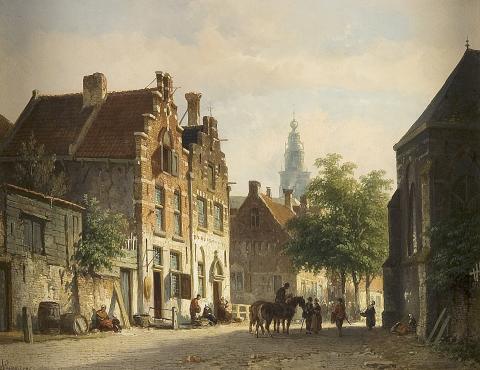Recommendation
In a letter dated 16 February 2009, the Minister for Education, Culture and Science (hereafter referred to as: ‘the Minister’) requested the Restitutions Committee (hereafter referred to as: ‘the Committee’) to issue a recommendation regarding the application of 9 January 2009 by M.W.-M., also on behalf of H.B.M. en L.M. (hereafter referred to as: ‘the applicants’), for the restitution of the painting View in a Dutch Town by A. Eversen. The claimed painting was returned to the Netherlands after the Second World War and is now part of the Netherlands Art Property Collection (NK collection) under inventory number NK 1762. The claimed work is currently housed in the depot of the Netherlands Institute for Cultural Heritage.
